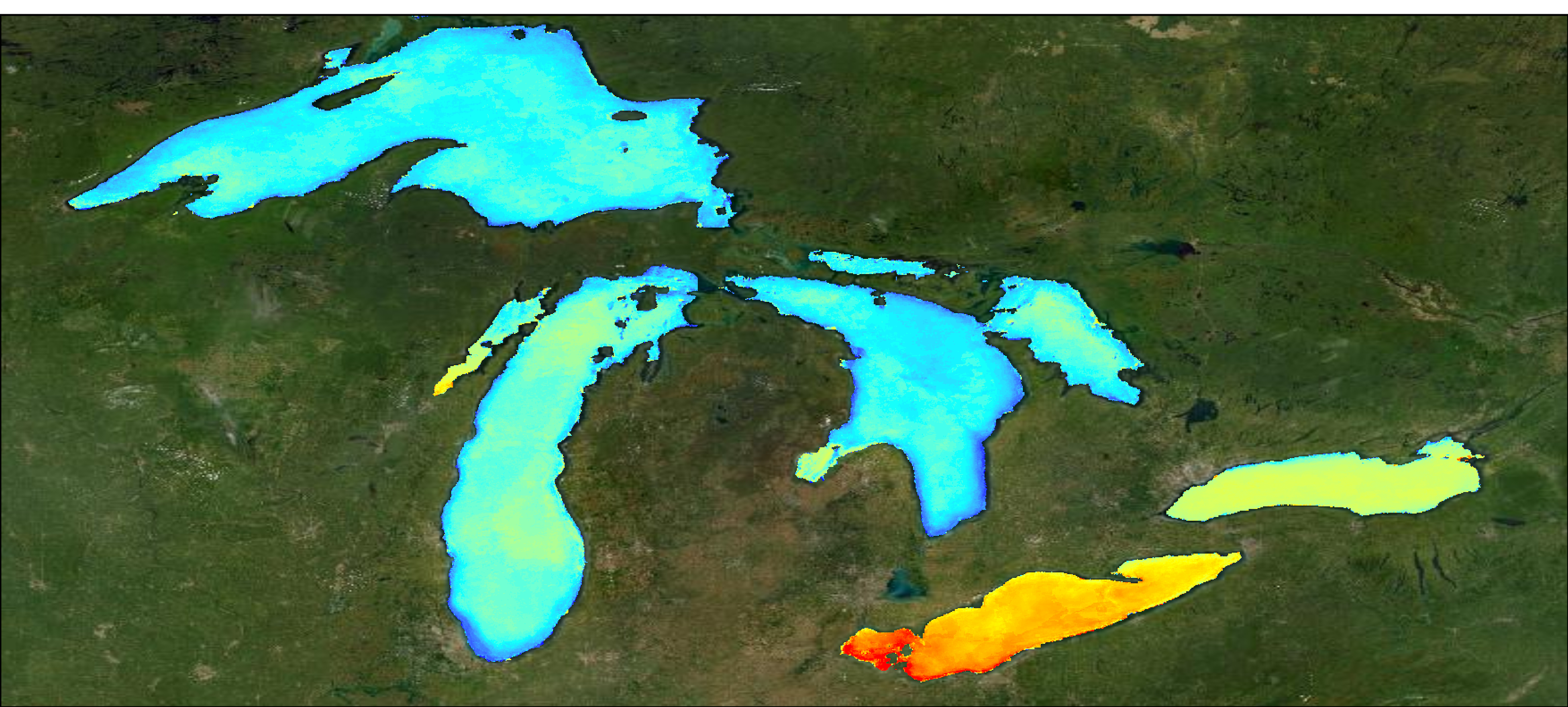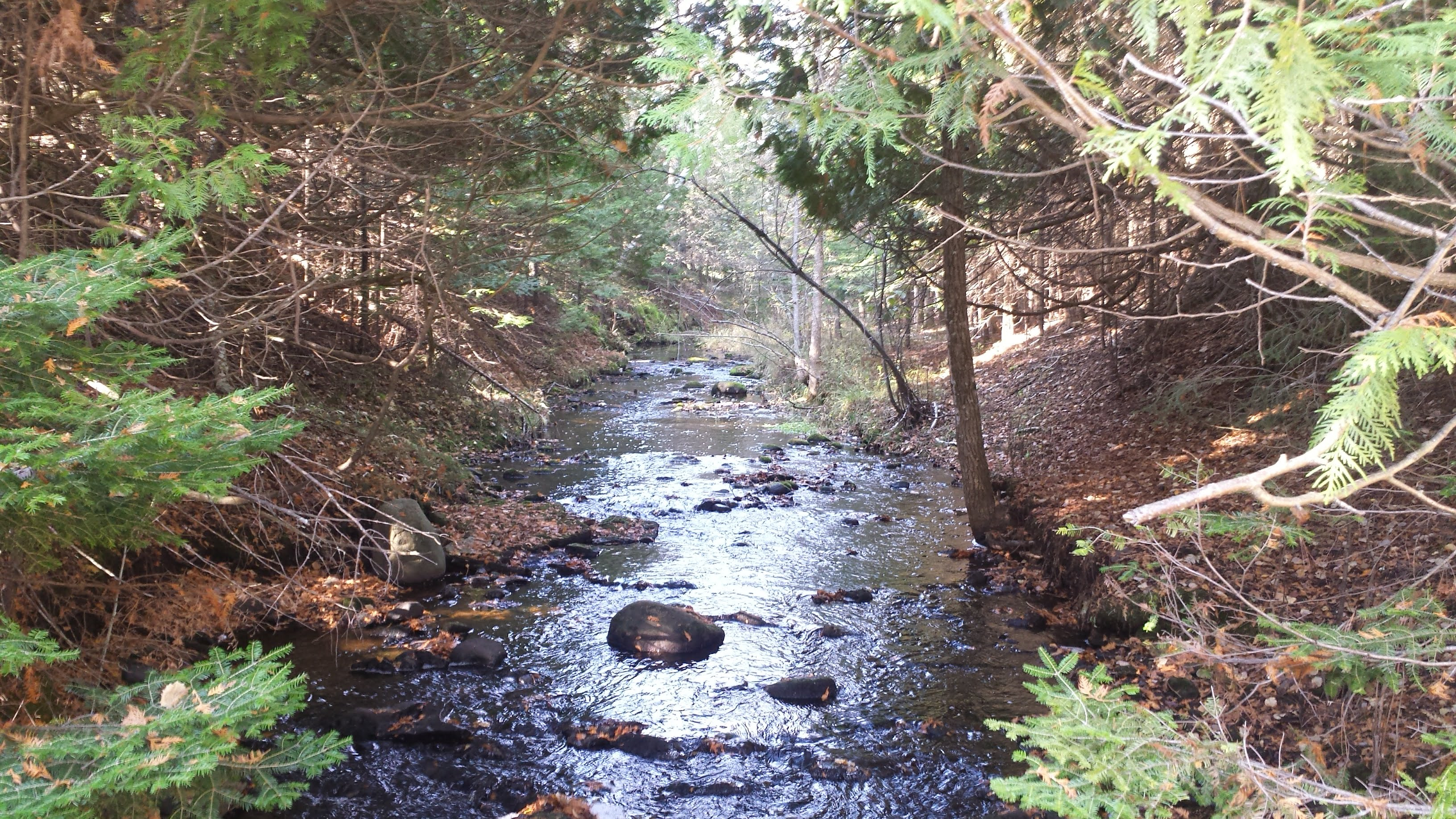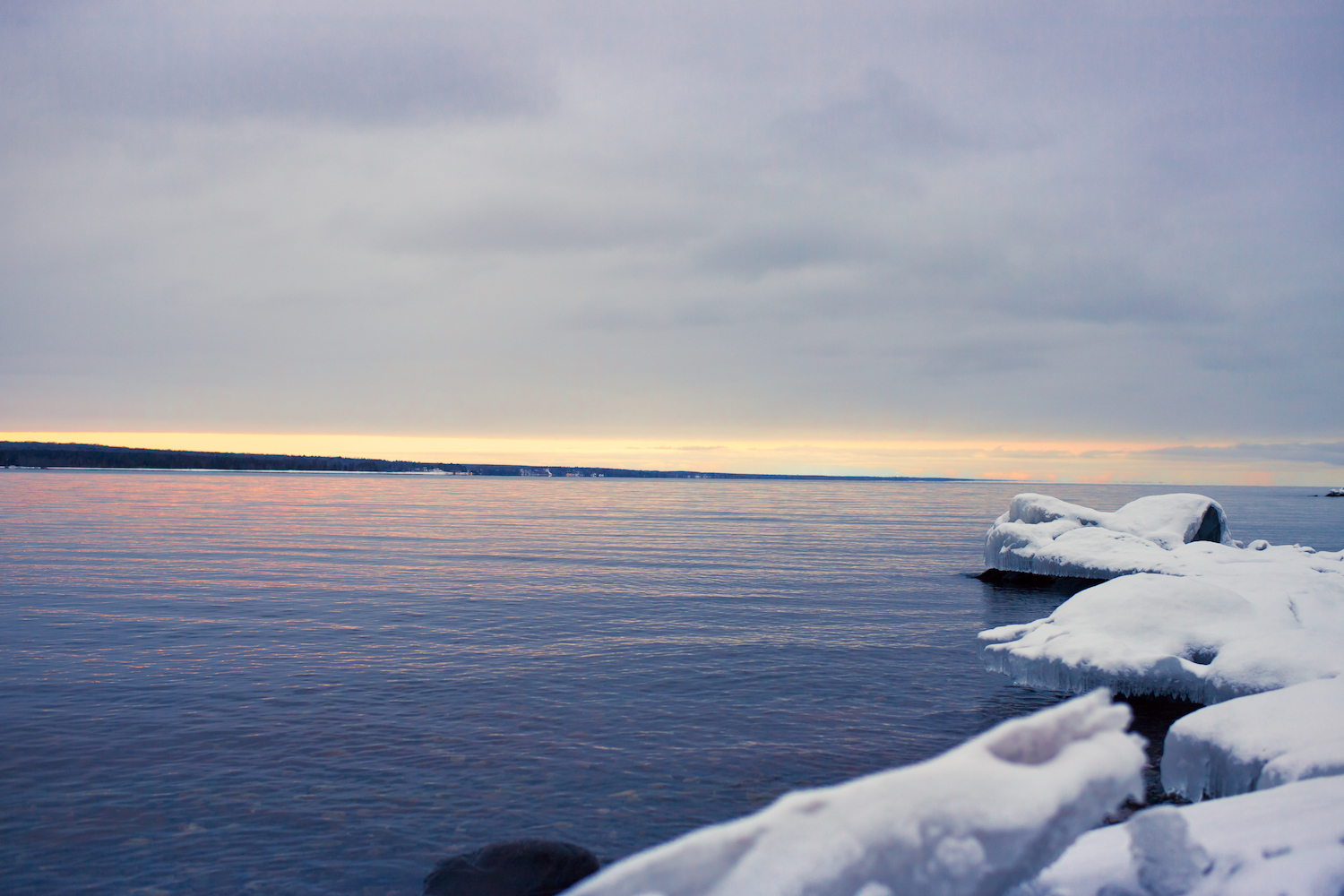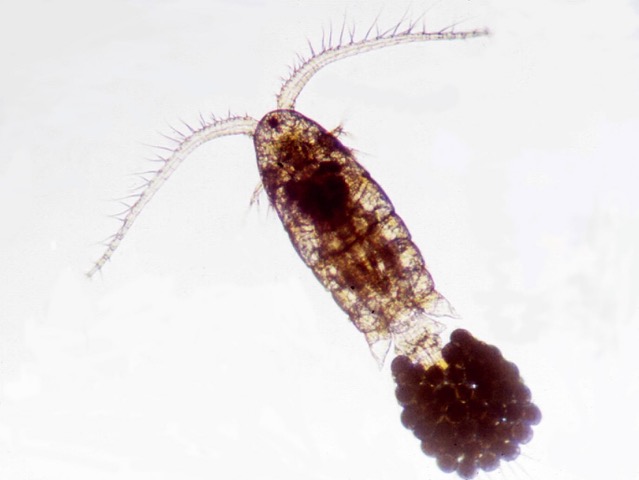Ecologists have demonstrated that the genetic material that species shed into their environments can reveal not only the presence of the species but also a broad range of information about the genetics of whole populations — information that can help scientists trace the source of a new invasive population as well as prevent further invasion.
Tag: Great Lakes
Warming climate spurs harmful oxygen loss in lakes
New research from Cornell University and Rensselaer Polytechnic Institute shows a continually warming world is leading to extended, late-summer weeks of water stratification in lakes, which prompts oxygen deprivation in the water – provoking conditions called hypoxia (low oxygen) and anoxia (no oxygen) – and negative consequences for fish and other species.
Sailing drones to capture ecosystem data from Lake Superior
Seafaring drones on Lake Superior will soon allow a team of Cornell University scientists to examine fresh details about the abundance and distribution of forage fish – species, such as zooplankton and shrimp, which provide nourishment for sportier marine species higher on the food chain.
Are zebra mussels eating or helping toxic algae?
While invasive zebra mussels consume small plant-like organisms called phytoplankton, Michigan State University researchers discovered during a long-term study that zebra mussels can actually increase Microcystis, a type of phytoplankton known as “blue-green algae” or cyanobacteria, that forms harmful floating blooms.
Warm ice may fracture differently than cold ice
Researchers at Aalto University in Finland have found strong evidence that warm ice – that is, ice very close in temperature to zero degrees Celsius – may fracture differently than the kinds of ice typically studied in laboratories or nature. A new study published in The Cryosphere takes a closer look at the phenomenon, studied at the world’s largest indoor ice tank on Aalto’s campus.

World’s Largest Lakes Reveal Climate Change Trends
Sixteen years of remote sensing data reveals that in Earth’s largest freshwater lakes, climate change influences carbon fixation trends.

Remote Sensing Expert: World’s Largest Lakes Reveal Climate Change Trends
Mike Sayers, Michigan Tech Research Institute research scientist, is available to speak to using remote sensing to discover how climate change affects the world’s largest freshwater lakes, which account for 50% of the Earth’s surface freshwater. Sayers’ NASA-funded research shows how…
Unique maps show what lies beneath the water in the Milwaukee harbor
Several years ago, faculty and students at the University of Wisconsin-Milwaukee began underwater mapping of the physical features and fish populations in the Milwaukee harbor. Their online visual tool is now guiding restoration efforts.

Summer road trip finds small streams have big impacts on Great Lakes
While decades of monitoring and regulatory efforts have paid little attention to Lake Michigan’s tiny tributaries, new research shows that they play an outsized role in feeding algae blooms and impacting coastal waters.
More than 1.3 million jobs, $82 billion in wages directly tied to Great Lakes
The Great Lakes support more than 1.3 million jobs that generate $82 billion in wages annually, according to a new analysis of 2018 economic data by Michigan Sea Grant.

New Great Lakes modeling improves operational forecast system
Forecasting the water levels, temperatures, and currents of the Great Lakes is important because conditions on the lakes affect commerce, recreation, and community well-being. These forecasts comprise the Great Lakes Operational Forecast System (GLOFS), an automated model-based prediction system operated by the National Oceanic and Atmospheric Administration (NOAA). Michigan Tech helps NOAA improve the GLOFS model.

Changing environment at home genetically primes invasive species to take over abroad
Freshwater lakes have often been invaded by species from salty environments. New research shows that fluctuating conditions in the home ranges gave these species the genetic flexibility they needed to evolve and adapt to their new homes.

Case Western Reserve University’s Jonathan Adler helping to train the next generation of environmental lawyers
Case Western Reserve University launched its Coleman P. Burke Center for Environmental Law this fall. Its director Jonathan Adler has single charge: creating a curriculum that trains the next generation of environmental law experts. Adler, one the country’s most innovative…
Many uses for high-frequency radar in the Great Lakes: warning ships, tracking spills, monitoring algal blooms
Lorelle Meadows is available to discuss high-frequency radar capabilities in freshwater applications and the importance of remote sensing in the Great Lakes. Lorelle Meadows is the dean of the Pavlis Honors College at Michigan Technological University and an oceanographer by…